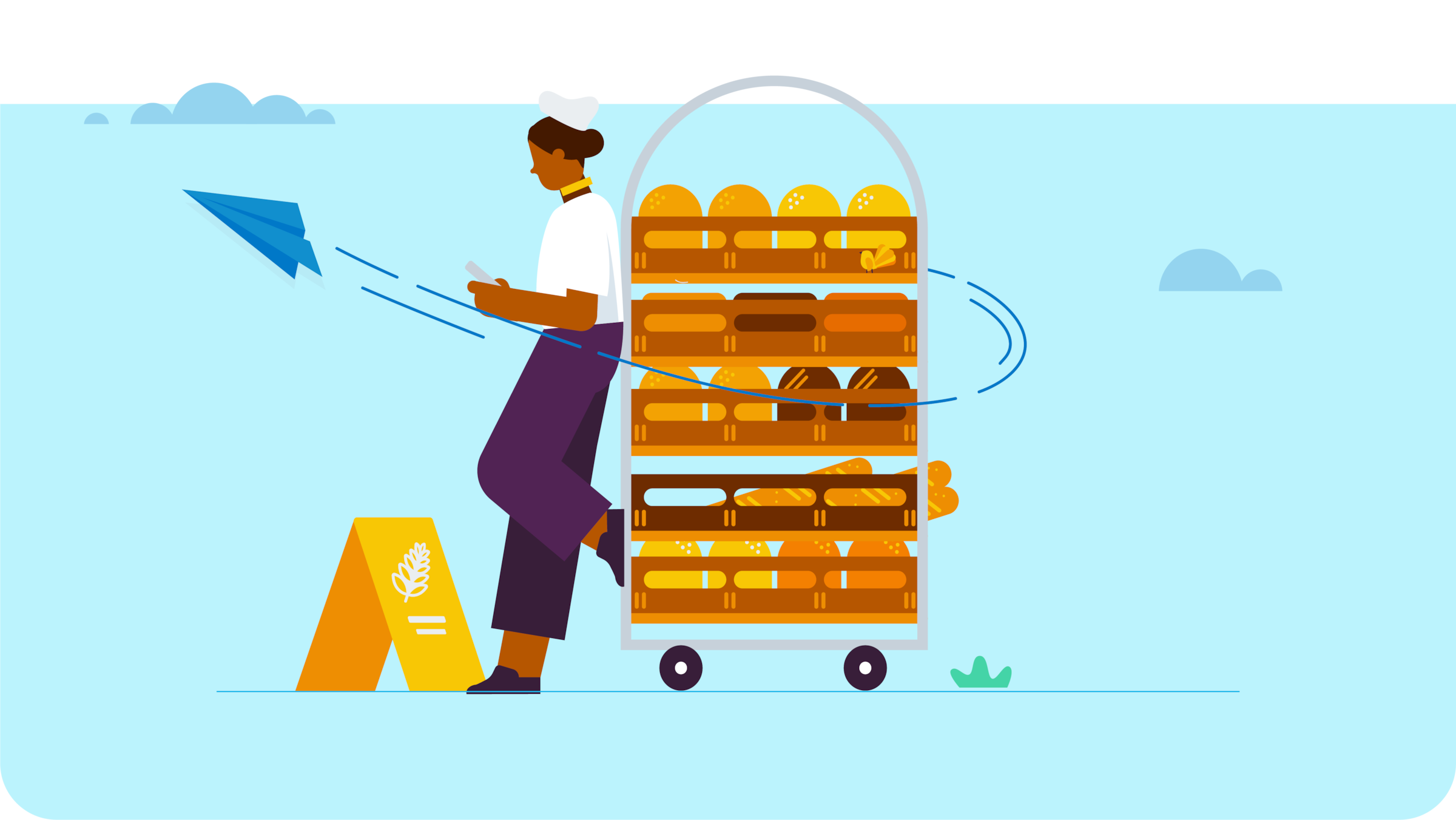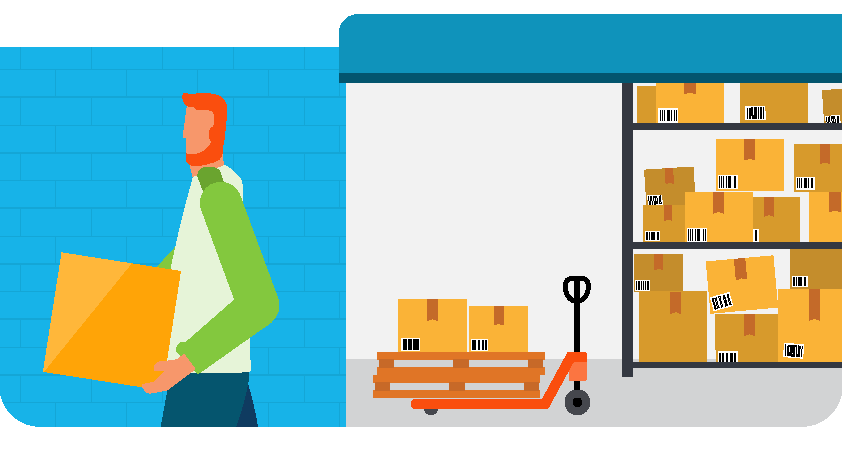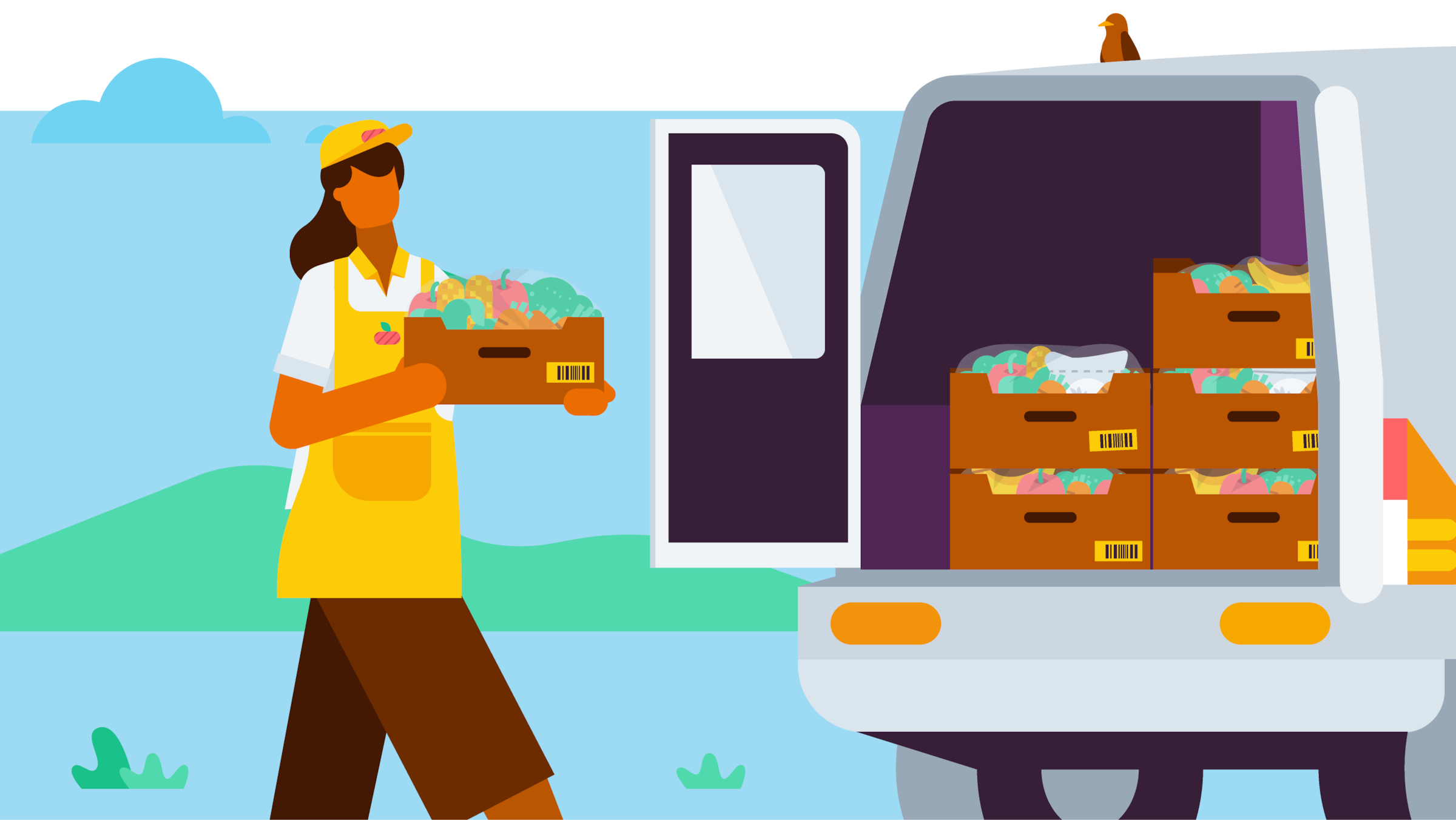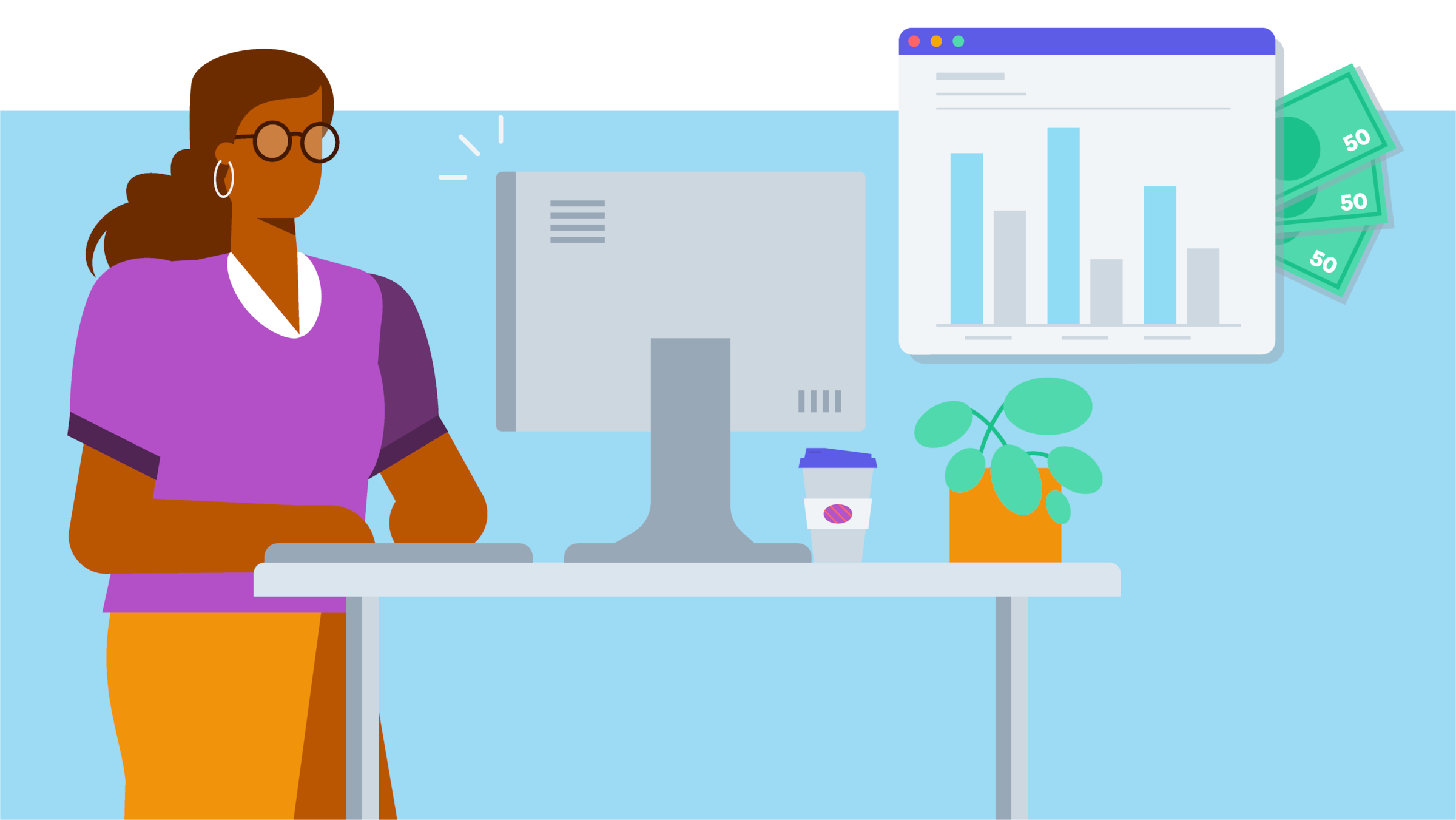Small Business Guides
Find guides and articles to help you do better business, and understand the often weird world of accounting.

Starting and growing a business
Your intro to the milestone moments in small business.
How to start a business
Thousands of new businesses open every day. If all those people can do it, why not you? Here’s what to do, and when.
How to start an online business
Find out what it takes to start and run an online business. With insights from experts and owners who’ve done it before.
How to finance your business
Need finance for your business? Learn about the types of finance, approaching lenders and investors and more.
Growing your business
Are you ready to drop the hammer and take your business to the next level? Let’s look at how to grow.
How to hire employees
Hiring help can improve your business, and your lifestyle. But it’s a big process. Here are the main things to keep in mind.
How to invoice
Looking for help on making and sending invoices and getting them paid? Check out these tips on the art of invoicing.
How to do bookkeeping
Bookkeeping includes everything from basic data entry to tax prep. Let’s look at the core jobs and see how they’re done.
What is bookkeeping?
Whether you’re bookkeeping for a family business, or planning a career in it – this is a good place to start learning.
Guide to inventory
Inventory management is more than just knowing what’s been sold and what you’ve ordered. Find out what else is involved.
GST Guide For Business
Making a start with GST? Don’t worry. It’s a little extra admin, but this guide will help you get sorted.
Payments
Your intro to getting money in from customers, and out to suppliers and employees. See all payments guides
What are profitability ratios?
Learn what profitability ratios are, why they matter to small businesses, and how to calculate them.
How to cash in on direct debit for small business
Technology has made direct debit simpler and more affordable for small businesses. Let’s see how it works.
Money
Your intro to budgeting, cash flow, and what to do when you need more money. See all money guides
What is a business credit score and how to improve yours
A credit score tells lenders and suppliers how good you are at paying debts. Find out how to use them to your advantage.
10 ways to improve efficiency in your business
Improve efficiency in your business by mapping what’s broken, and figuring out what to fix first.
Planning and performance
Your intro to business planning, goal setting, key performance indicators, and financial reporting. See all planning and performance guides
How to create the perfect business plan in 10 steps
Every business needs a plan. But how do you write one? Here are 10 steps to help you get it right.
How to create an efficient inventory management system
Inventory management can be hard for any business to do well. Here's how you can create an efficient system.
Leadership
Your intro to building a vision, establishing consensus, and inspiring action. See all leadership guides
How to develop an effective employee retention strategy
Losing employees can cost you time and money. Learn the strategies to keep your talent happy and loyal.
Accounting and bookkeeping
Your intro to financial admin, taxes, and the technical side of running a business. See all accounting and bookkeeping guides
What does an accountant do?
Accountants do tax and compliance work – we all know that. But the best ones do so much more.
Marketing
Your intro to finding and winning new customers, and keeping the old ones. See all marketing guides
What is a value proposition?
Learn the purpose and function of a value proposition, and get tips on how to write one.
Upselling techniques to increase revenue and profit
Upselling techniques invite customers to upgrade their purchase, which can create better outcomes for you and them.
Ecommerce
Your intro to starting, managing, and making money from an online business. See all ecommerce guides
Dropshipping 101: How to launch a business without holding inventory
Dropshipping is a form of online selling without managing inventory. See how to start your own dropshipping business.
Online reputation management for small businesses
Word of mouth can make or break a business. Especially if you’re online. Learn how to put your best foot forward.
Tools and reports
Free templates
Download helpful templates for things like quoting, invoicing, reporting and planning.
Calculators
Use accounting calculators to help plan and run your business.
Glossary
Learn the meaning behind all those weird and wonderful accounting terms.




















